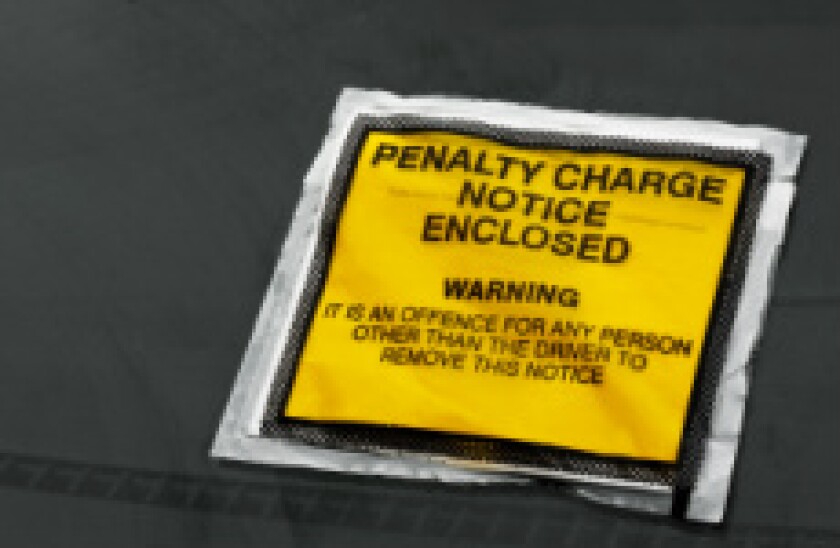A fine is a form of ‘enforcement action’ (EA) aimed at improving banks’ conduct. Banking EAs were invented in the US in the 1930s when politicians and the public blamed them for the 1929 Wall Street Crash and the Great Depression.
The Banking (Glass-Steagall) Act of 1933, best known for the separation of commercial and investment banking, established the Federal Deposit Insurance Corporation (FDIC) and provided banking regulators with some EA powers to issue conduct directives to banks.
But the only sanction available for noncompliance was termination of a bank’s deposit insurance. Since doing this would likely induce panic among depositors, it amounted to a death sentence rather than a means of improving banks’ behaviour.
The EA toolkit was enhanced in 1966 through legislation that empowered federal regulators to issue cease and desist (C&D) orders to halt specific practices and to require institutions to take corrective action, providing greater flexibility to regulators although C&D orders were still sometimes difficult to enforce.
In 1978m, enforcement was helped again by the Financial Institution Regulatory and Interest Rate Control Act bestowing powers to levy fines (civil money penalties, or CPMs) for violations of or noncompliance with C&Ds and other EAs.
The 1980s savings and loan crisis led to further extensions to the array of EAs available to bank regulators, including empowering regulators to demand changes in management, set capital requirements, limit growth and halt dividend payments.
Most recently, the 2010 Dodd-Frank Act strengthened federal regulators’ oversight of the banking industry and intensified their focus on governance and risk. The act appears to be a factor in deepening the Fine Age freeze-over.
Fines in the 1980s and 1990s ranged from $1,000 per day for simple violations, to $25,000 per day for reckless actions, and up to $1m per day for “knowingly” committing acts that cause significant loss.
In the 1990s and early 2000s the aggregate volume of fines levied by US bank regulators against institutions — there were also fines on individuals — averaged around $50m a year.
The 9/11 World Trade Center attacks led to a new focus on terrorist financing, money laundering and sanctions violations. A milestone was the $40m fine levied on ABN Amro in 2006 for breaching sanctions, followed by a ratcheting up of the aggregate level of such fines to around $160m in 2008 and $2bn in 2009. The record in this category is the $8.9bn levied by the US Department of Justice on BNP Paribas in 2014.
There were a couple of mortgage-backed securities fines in 2008 and 2009, but from 2010, subprime-related and consumer practices became the foremost reasons for US regulators to fine banks, reaching $3.2bn that year and $3.7bn in 2011.
And then came the big chill: $32bn in 2012, $52bn in 2013, and $58bn in 2014. Why the blizzard?
A number of factors have been suggested: appeasement of public anger; penalisation for not having taken conduct corrective action despite previous fines; competition among prosecutors; and, for the cynical, because fines are a lucrative revenue source.
Where did all that money go? BCG estimates that 56% went to US regulators; 6% to European regulators; and 38% to customer relief. The Wall Street Journal reckons that about half went to the US Treasury where it went into its general fund making it a handy form of tax.
Smaller amounts went to US housing-related federal agencies, according to Fortune, the DoJ and the states, which appear to have used the funds as they saw fit, notably the relief of pension plans stricken by MBS investments, while New York used them for horse stables for its annual state fair.
The overall volume of bank fines peaked in 2014 and has since fallen back. But European bank regulators now seem to be following the example of their US counterparts. And there are still some outstanding cases moving through the system, including those of RBS and Barclays. Banking’s age of fines will run for some time to come.






